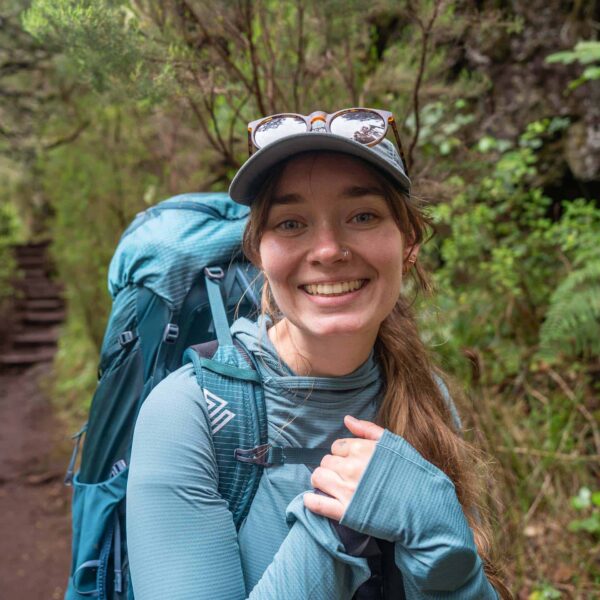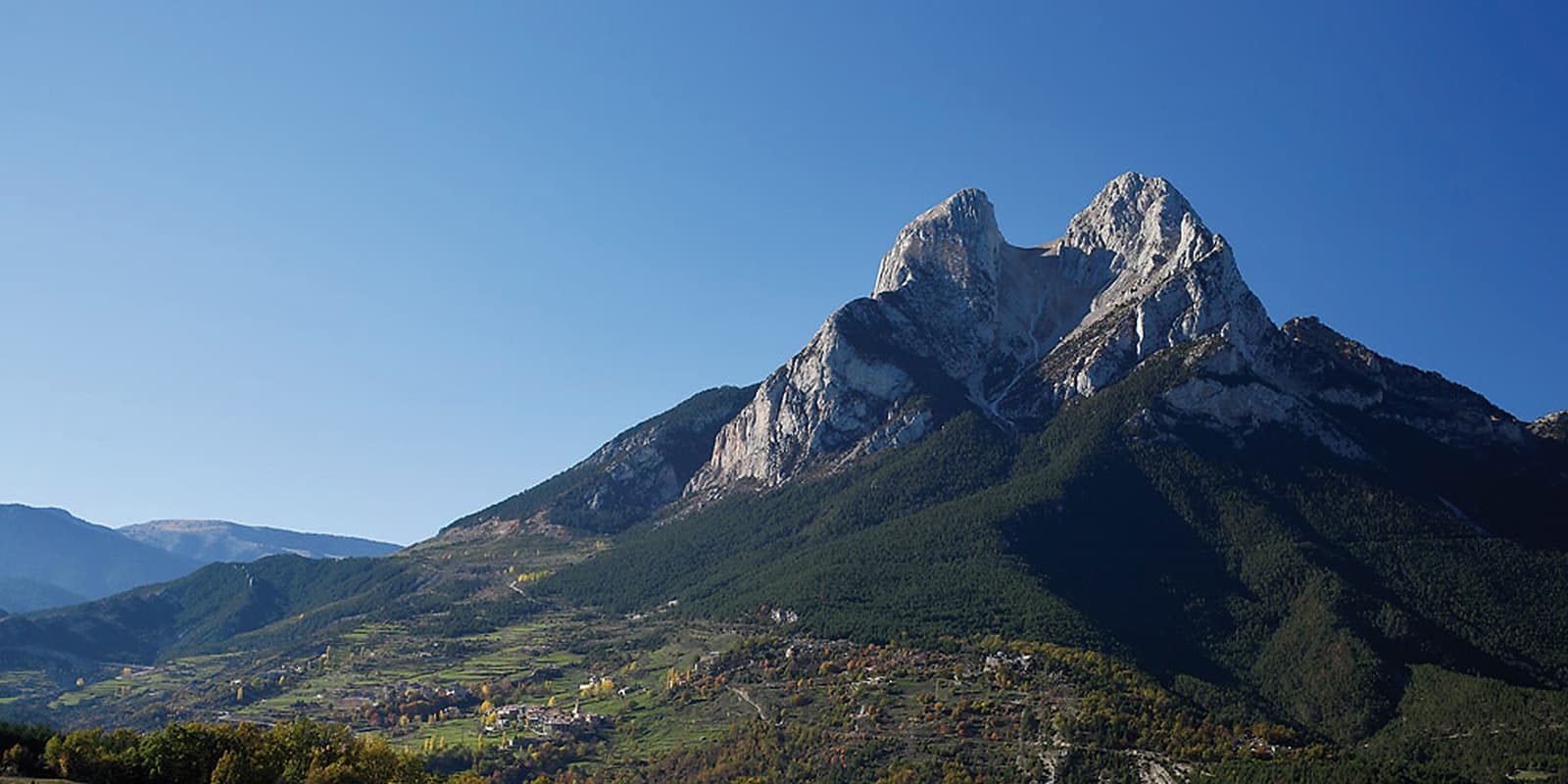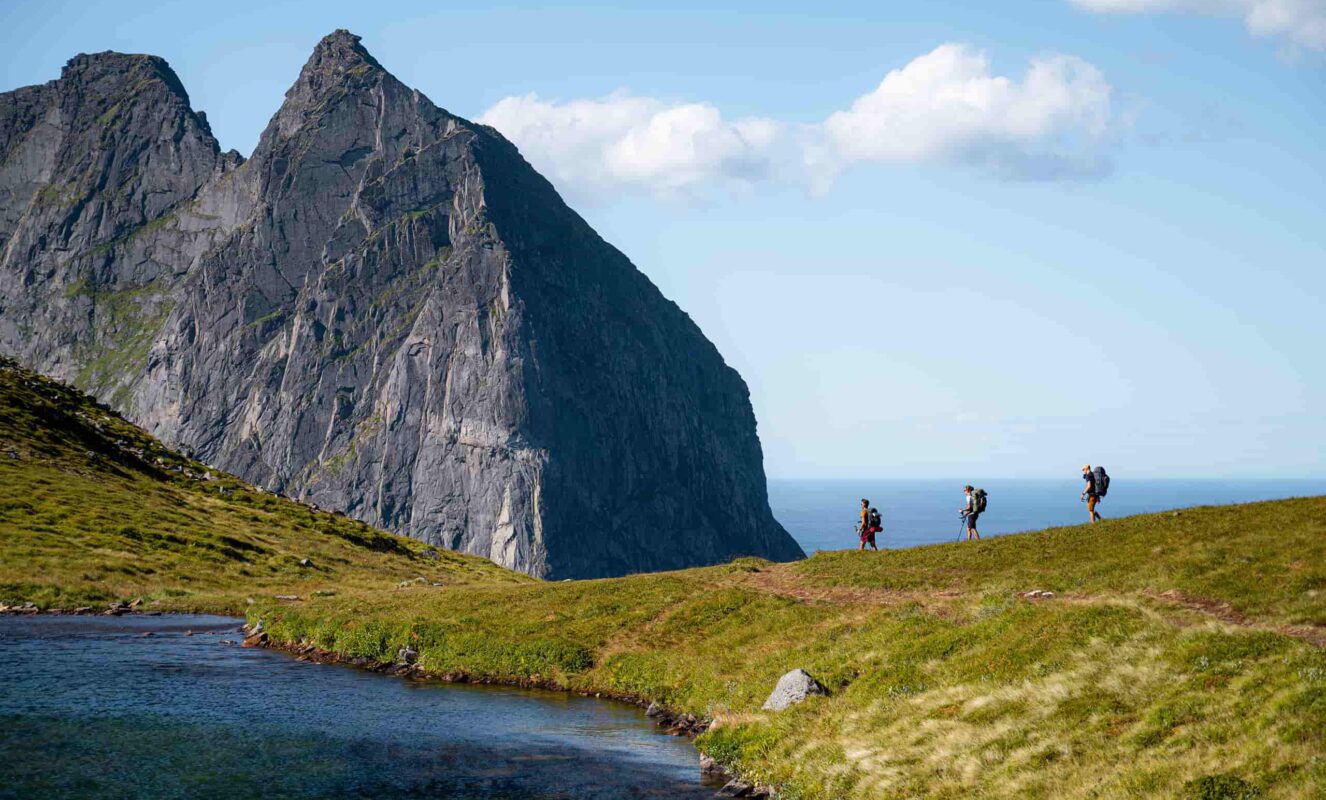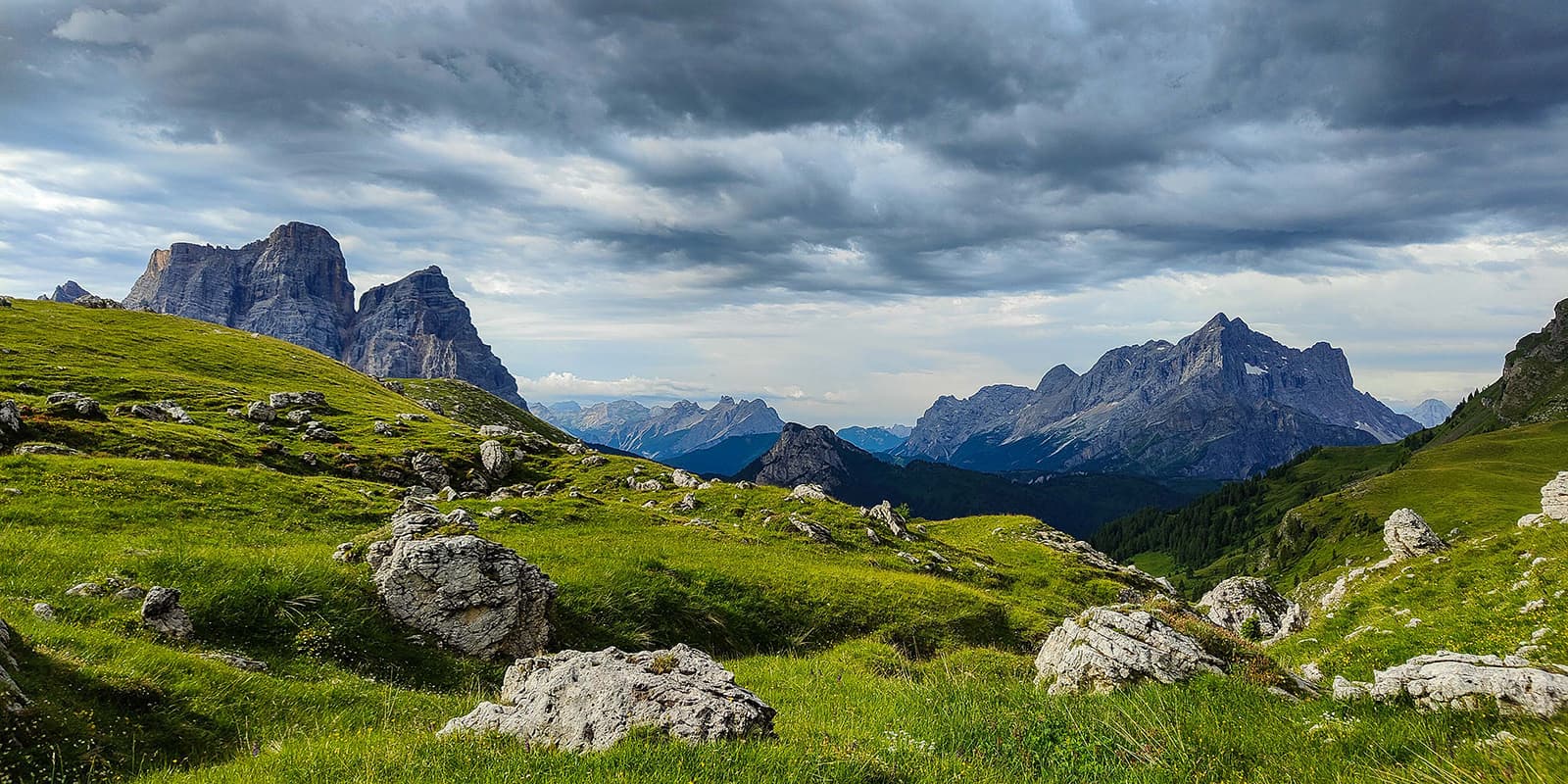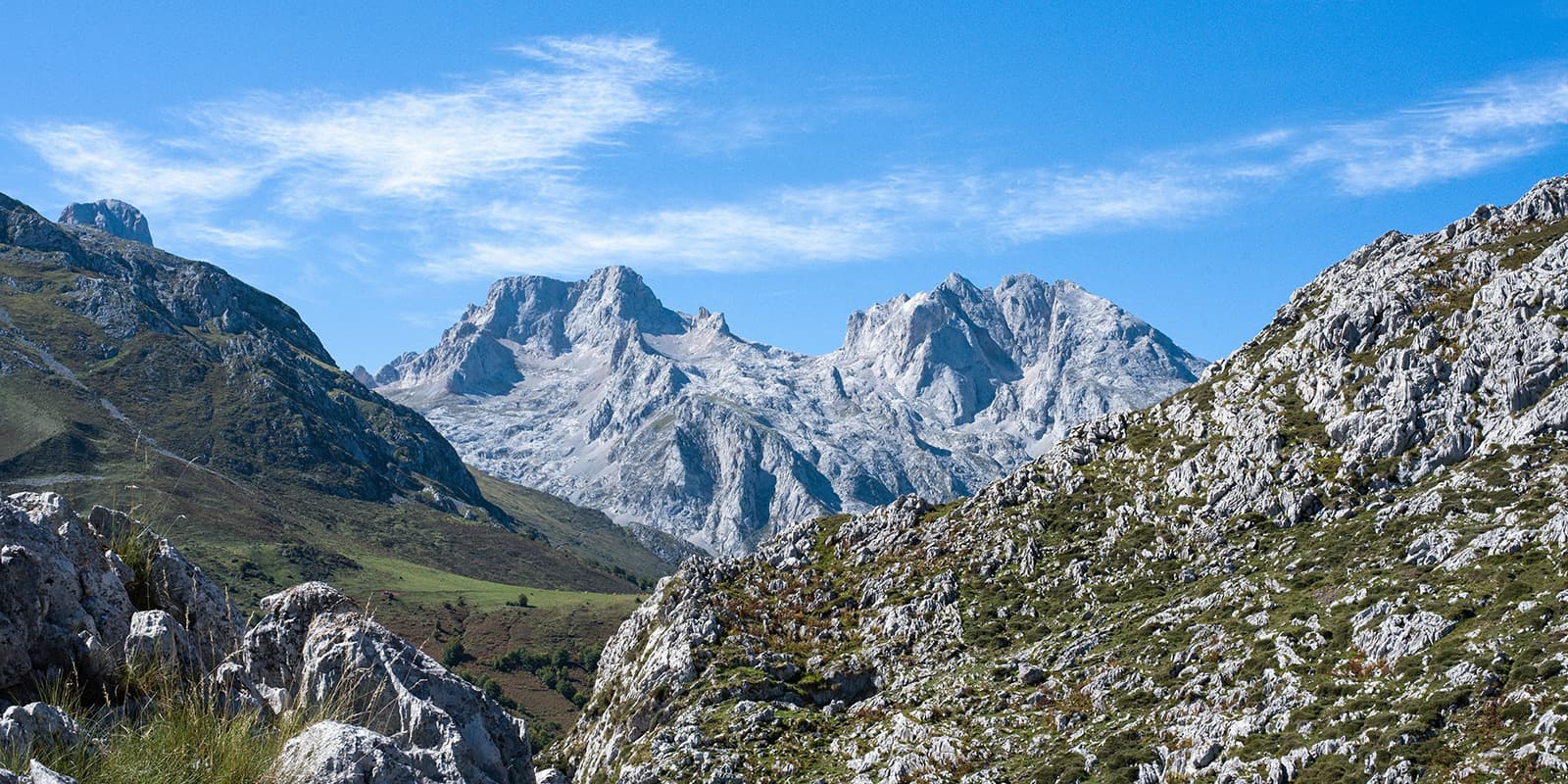The route begins at the Guardiola station in Berguedà and climbs past the monastery of Sant Llorenç near Bagà. From here, the trail leads to the Coll dels Fangassos through steep country with rugged scenery, then drops into the Saldes valley. It crosses the river on an old lever bridge, passes the Castellot and the Molí de Bosoms, and crosses a torrent by way of a bridge left from the mining days before reaching Hostalets on the old royal road.
Beyond Hostalets, the path passes Cal Coix and climbs steadily toward the church of Sant Julià de Fréixens. The ascent continues more gently past Cal Francesc, where the chapel of Sant Antoni sits just off the route, before reaching Cal Susèn. From here, the views open to Maçaners and Pedraforca, whose distinctive silhouette will stay in sight for much of the walk.
At Maçaners, there is the option to detour to a spring before the route continues through Molers. It passes the medieval house of Sull, then climbs into the town where another fountain sits. The trail then runs along the Serra de Baix, joins the old coal road, and reaches the Molí de la Palanca on the Aigua Salada.
From here, the path heads to Saldes, crosses the town, and continues through the small neighborhoods of Cardina and Serrat. It crosses the main road to Gósol and follows the old road toward Feners and l’Espà. The restored path cuts across the clay cliffs of Coll de la Trapa and drops toward the torrent to rejoin the ancient road to Gósol. This section is striking: the eroded clay has left bare slopes in shades of red, ocher, and grey, a barren landscape of gullies and rock outcrops. It is easy to see why this scene influenced Picasso’s paintings so much.
After Coll de la Trapa, the trail crosses the road again and passes through l’Espà and Sorribes, both worth a short stop. From Sorribes, the path climbs to the Coll del Cap de la Creu with wide views of Gósol. Picasso arrived here in 1906 and later walked north to connect with the Camí dels Segadors, the historic trail used by locals to carry harvests across to Cerdanya in summer.




